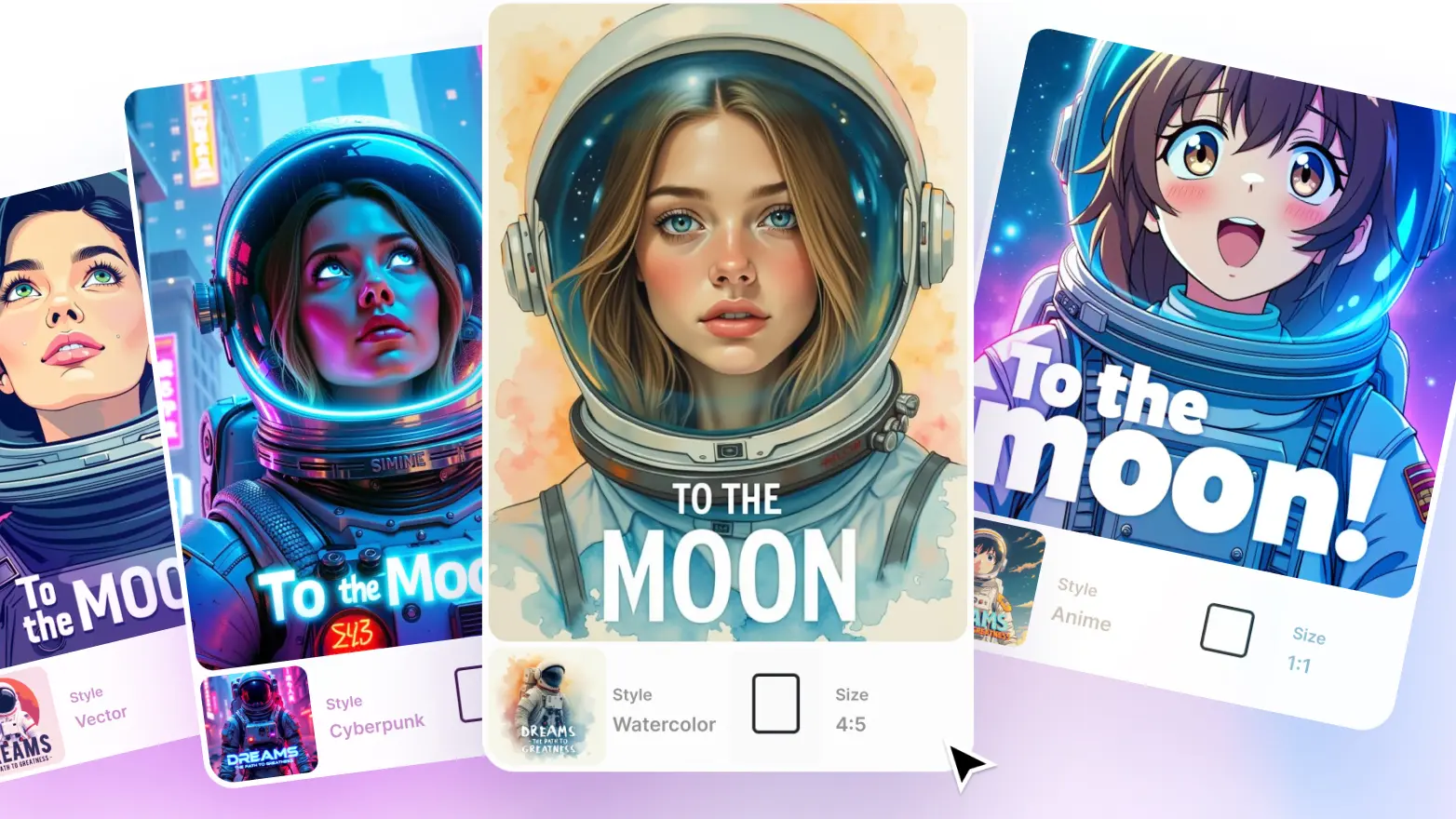Designs.ai Print Designer: Complete Buyer's Guide
Automates template-based print design workflows
Designs.ai Print Designer is an AI-powered design platform that automates template-based print design workflows for marketing teams and business technology professionals. It positions itself as an all-in-one solution for creating print-ready assets including banners, business cards, and social media graphics using generative AI capabilities, with particular strength in template automation and brand consistency enforcement[1][2].
Market Position & Maturity
Market Standing
Designs.ai Print Designer operates within a segmented competitive landscape against established players including Adobe Firefly and Canva Magic Design, differentiating through its unified suite approach and print-specific feature specialization[1].
Company Maturity
The platform's market position reflects moderate maturity with documented customer adoption across SMB and mid-market segments, though specific market share data requires verification from accessible sources.
Longevity Assessment
Long-term viability assessment suggests the platform occupies a sustainable market niche serving organizations requiring print-specific AI capabilities with brand consistency automation, though success depends on continued innovation in template variety and advanced customization capabilities to compete with established creative platforms.
Proof of Capabilities
Customer Evidence
Customer adoption evidence demonstrates measurable success across SMB and marketing team implementations, with 4.2/5 user satisfaction ratings[13][14] indicating consistent value delivery for core use cases.
Quantified Outcomes
Quantified business outcomes include potential 6-month payback periods for SMBs[11] with substantial print design volumes, though this calculation requires validation of baseline assumptions and comprehensive cost analysis including premium template costs and ongoing quality assurance investments.
Market Validation
Market validation evidence shows the platform excels for rapid concept generation, template-based scaling, and brand consistency enforcement across marketing materials.
AI Technology
Designs.ai Print Designer's AI architecture centers on three core technological pillars: template automation, brand consistency enforcement, and intelligent asset generation.
Architecture
The platform's template engine provides extensive customizable print template libraries with AI-based layout suggestions that automatically adapt to content requirements while maintaining print-specific technical standards[1].
Primary Competitors
Primary competitive landscape includes established players with distinct positioning strategies: Adobe Firefly and Canva Magic Design.
Competitive Advantages
Competitive advantages center on specialization in print-specific features including bleed line automation[4], brand-consistent template cloning[1], and dimension adjustments, providing clear differentiation from social media-focused competitors.
Market Positioning
Market positioning strategy focuses on the intersection of print-specific capabilities and brand consistency automation, serving organizations requiring professional print outputs without dedicated design resources.
Win/Loss Scenarios
Win/loss scenario analysis suggests choosing Designs.ai when primary needs center on template-based print materials, brand consistency automation is prioritized, teams lack advanced design expertise, and budgets accommodate premium template costs.
Key Features

Pros & Cons
Use Cases
Pricing
Featured In Articles
Comprehensive analysis of AI Print Design Tools for AI Design for AI Design professionals. Expert evaluation of features, pricing, and implementation.
How We Researched This Guide
About This Guide: This comprehensive analysis is based on extensive competitive intelligence and real-world implementation data from leading AI vendors. StayModern updates this guide quarterly to reflect market developments and vendor performance changes.
16+ verified sources per analysis including official documentation, customer reviews, analyst reports, and industry publications.
- • Vendor documentation & whitepapers
- • Customer testimonials & case studies
- • Third-party analyst assessments
- • Industry benchmarking reports
Standardized assessment framework across 8 key dimensions for objective comparison.
- • Technology capabilities & architecture
- • Market position & customer evidence
- • Implementation experience & support
- • Pricing value & competitive position
Research is refreshed every 90 days to capture market changes and new vendor capabilities.
- • New product releases & features
- • Market positioning changes
- • Customer feedback integration
- • Competitive landscape shifts
Every claim is source-linked with direct citations to original materials for verification.
- • Clickable citation links
- • Original source attribution
- • Date stamps for currency
- • Quality score validation
Analysis follows systematic research protocols with consistent evaluation frameworks.
- • Standardized assessment criteria
- • Multi-source verification process
- • Consistent evaluation methodology
- • Quality assurance protocols
Buyer-focused analysis with transparent methodology and factual accuracy commitment.
- • Objective comparative analysis
- • Transparent research methodology
- • Factual accuracy commitment
- • Continuous quality improvement
Quality Commitment: If you find any inaccuracies in our analysis on this page, please contact us at research@staymodern.ai. We're committed to maintaining the highest standards of research integrity and will investigate and correct any issues promptly.